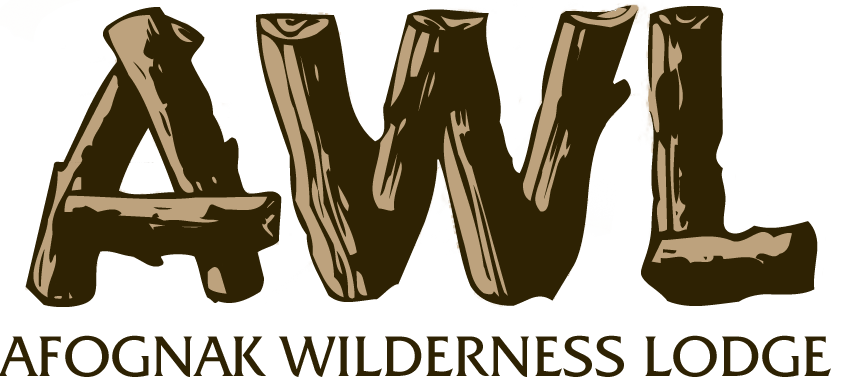The Onshore Birds in Kodiak, Alaska
Not only do the Kodiak Islands boast countless sea and land mammals, but we also have a variety of onshore birds. Opportunities to see these magnificent creatures are plentiful, due to our island’s relatively mild climate and plentiful food supply. Even during the winter months, there’s a huge bird count, with up to 80 species inhabiting the islands. During your stay at Afognak Wilderness Lodge, get to know a couple of our most common birds: the bald eagle, raven, and woodpecker.
Bald Eagle
The bald eagle is both the national bird and national animal of the United States of America, named hundreds of years ago by the colonists for its white head. It’s Alaska's largest bird of prey, boasting a wingspan of up to 7.5 feet and fierce hunting tactics. During the summer months, these birds can be spotted by keen eyes, but the harsher weather forces them into warmer areas. Most of the time, bald eagles swipe fish straight out of the ocean, but they’ve been known to also eat waterfowl, small mammals, sea urchins, clams, and crabs as well.Afognak Wilderness Lodge also has the perfect nesting areas for the bald eagle, in the old-growth, Sitka Spruce forest. Alaska has around 30,000 birds living throughout the state, and you’re bound to spot one perching from above.
Raven
Unlike many other species of birds, the raven doesn’t make long migrations during the winter months. They make up the largest species of songbird and all-black bird in the entire world, and typically live around 20-30 years. Ravens have a very diverse diet, consuming a variety of grains, berries, small invertebrates, reptiles, small mammals and even other birds.Typically, young ravens begin their first flights at the beginning of June, at four weeks old. If you don’t see any, you’ll probably be able to hear one of their 30 different vocalizations.
Woodpecker
Many different species of woodpeckers appear in the forested regions of the Kodiak islands, including the northern flicker and three-toed woodpecker. These animals are critical to Alaska’s forest ecosystems, because they consume large amounts of larvae and insects to prevent the destruction of trees. Woodpeckers are very sensitive to changes in their wilderness habitats, and could experience population declines if they lose their homes in trees.The Northern Flicker woodpecker breeds anywhere from March to June, using head-weaving and body-bobbing during their courtship rituals.
Book Your Stay at Afognak Wilderness Lodge Today!
We don’t want you to miss out on this chance to enjoy the trip of a lifetime! Please call us at 360-799-3250 to book your Kodiak, Alaska vacation that will provide you with lifelong memories. We offer whale watching, fishing trips, kayaking, and hiking adventures. We’re always happy to answer any of your questions. We look forward to hearing from you soon!

